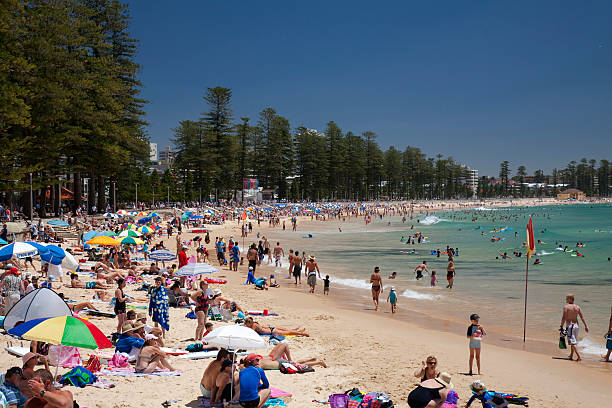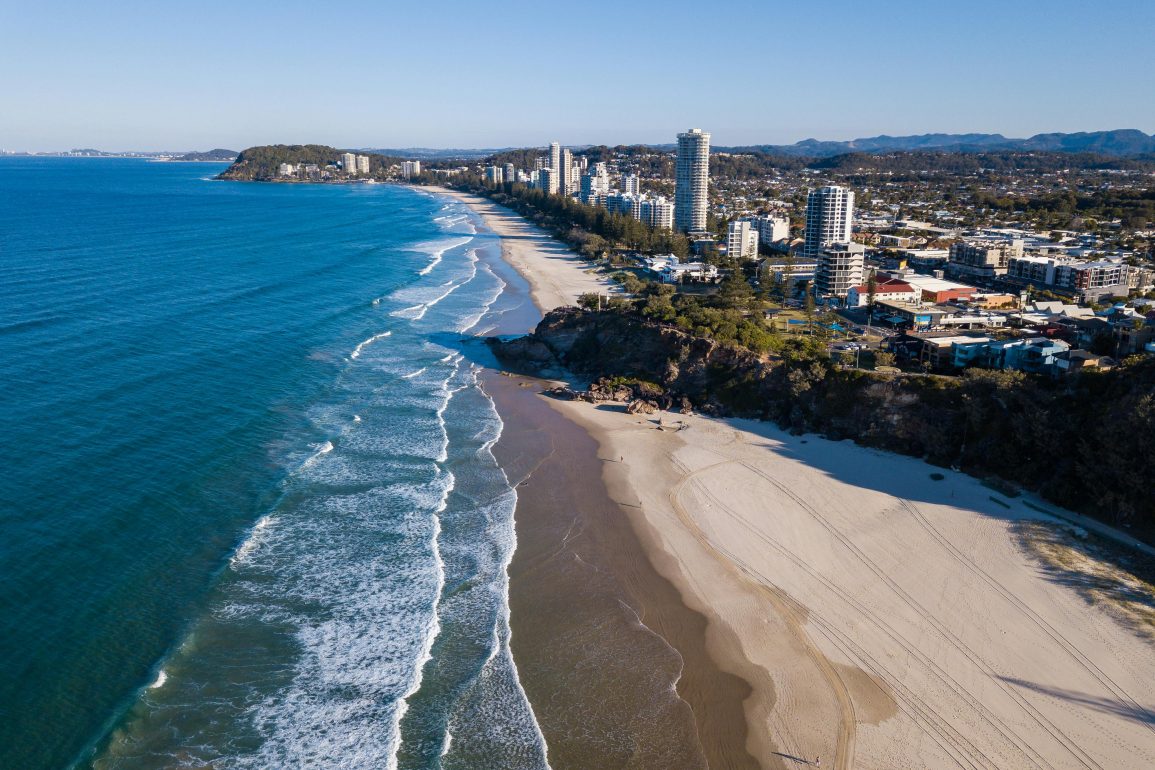According to the Bureau of Meteorology, Australia experienced its third-hottest summer on record, with a hotter and drier autumn likely. The summer’s temperatures ranked in the top three for maximum, mean, and minimum readings, with all states and territories except Victoria reporting one of their 10 warmest summers.
Mean temperatures were 1.62°C above the 1961-1990 average, with only the 2018-19 and 2019-20 summers being warmer. Western Australia set a new record for summer mean temperatures, surpassing 2019-20.
Senior climatologist Simon Grainger noted that low-intensity heatwaves affected most of Australia, with eastern regions experiencing steady heat throughout the summer.
Australia’s climate is influenced by surrounding ocean conditions and the ongoing effects of climate change, which has raised temperatures by about 1.5°C since 1910.

The summer of 2023-24, despite being affected by an El Niño event, was the third wettest among the 28 such events since 1900. Rainfall averaged 247.7mm across the country, nearly 19% above the 1961-90 norm.
A persistent positive phase of the southern annular mode in December and January brought easterly flows and muggy conditions to eastern Australia, contributing to higher rainfall.
Brisbane recorded its longest streak of overnight temperatures at or above 20°C, with 61 days so far.
Sydney had its third-hottest summer by mean temperatures, with an average of 24.1°C, while Perth experienced its second-hottest summer for maximum temperatures. Melbourne saw slightly lower-than-average summer temperatures, but a dry February.
The Bureau’s outlook for autumn suggests drier conditions across the eastern two-thirds of Australia, with an 80% chance of above-average temperatures for most of the country. The potential for another La Niña event later in the year remains uncertain.

